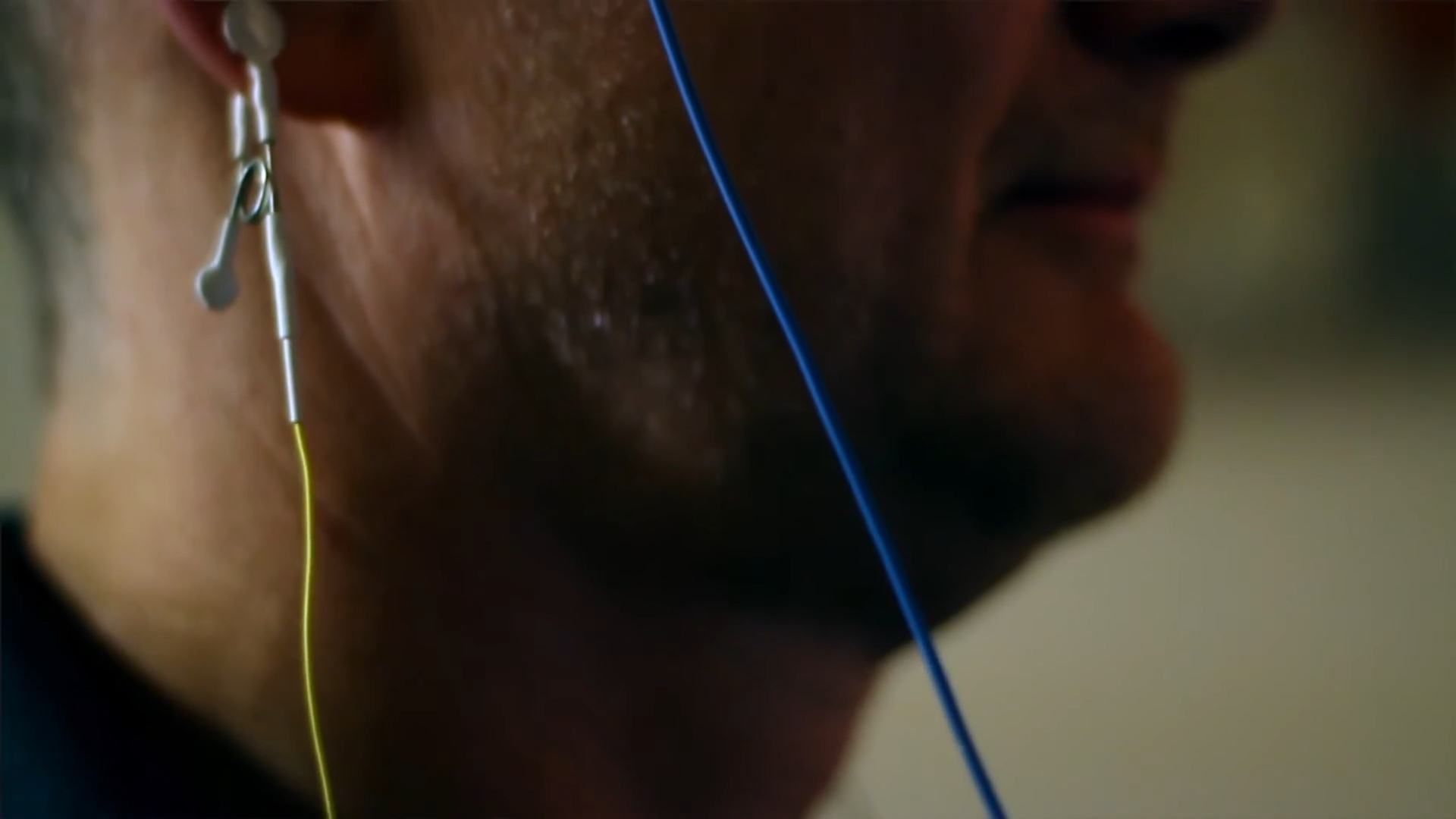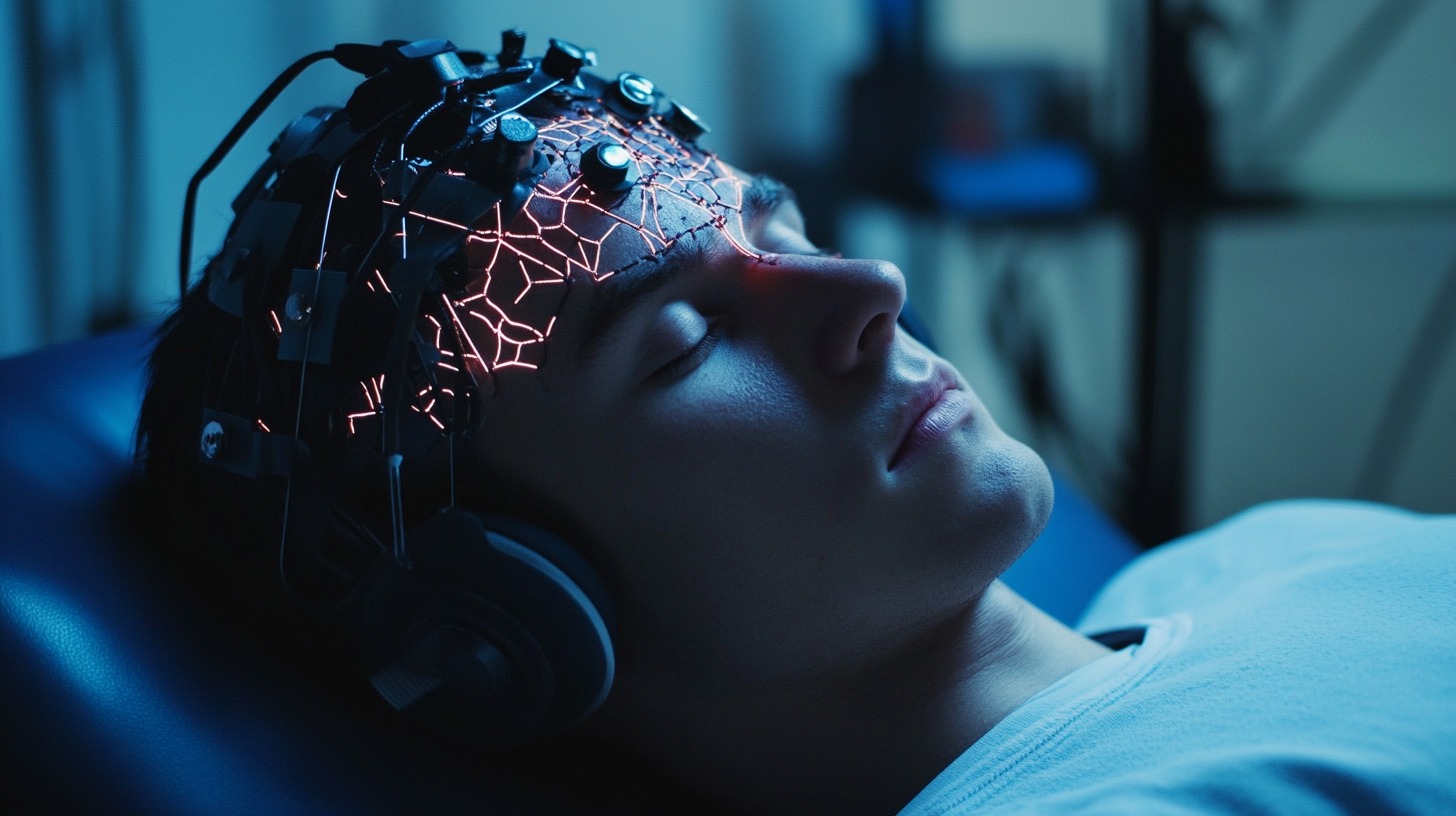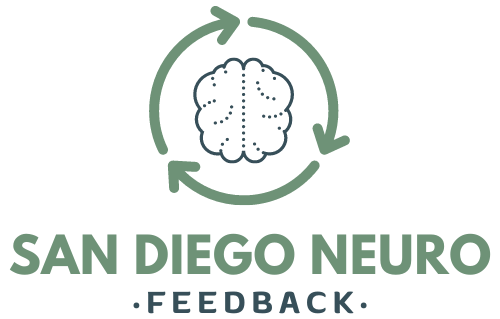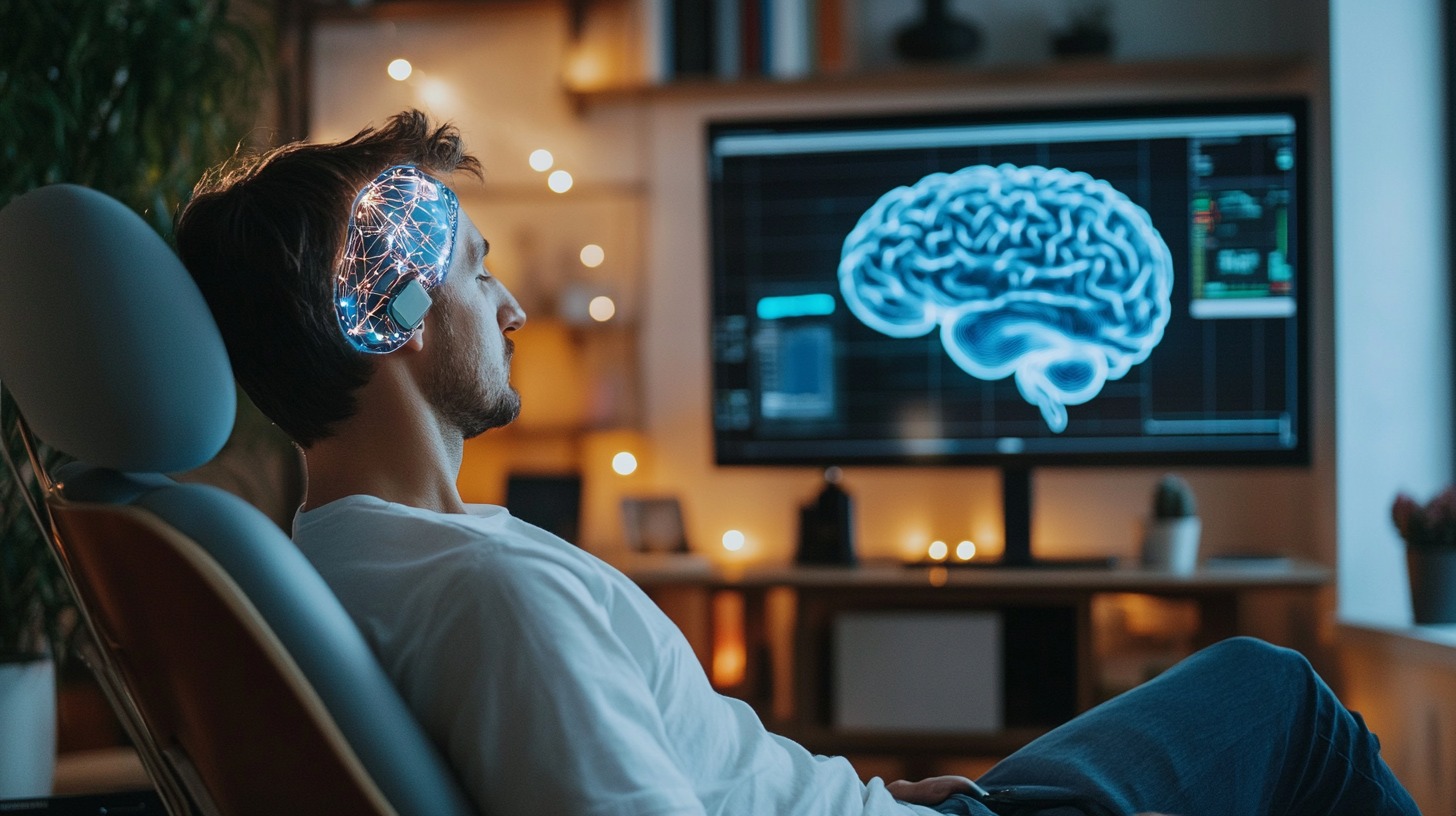Neurofeedback is a non-invasive brain training method that has gained significant attention in recent years.
By using real-time monitoring of brain activity, neurofeedback allows individuals to gain greater control over their mental states.
Today, we aim to explain the commonest types of neurofeedback and their specific applications, helping you understand how each method can address various mental health and cognitive challenges.
1. Traditional Neurofeedback (EEG Biofeedback)

Traditional neurofeedback, also known as EEG biofeedback, is the most well-established and widely used form of neurofeedback. It involves the real-time monitoring of electrical activity in the brain, known as brainwaves, using an electroencephalogram (EEG).
The goal of this method is to help individuals learn how to regulate their brainwave patterns, which can have a significant impact on their mental and emotional well-being.
During a traditional neurofeedback session, electrodes are placed on the scalp to measure brainwave activity.
The EEG readings are then displayed on a screen, often in the form of visual or auditory feedback. The individual is guided to alter their brainwave patterns by engaging in specific mental exercises or focusing on certain stimuli. Over time, with repeated sessions, the brain can learn to maintain these desired patterns on its own.
- ADHD
- Anxiety
- Depression
- Sleep disorders
By promoting more balanced brainwave activity, this method can help improve focus, reduce stress, and enhance overall cognitive functioning.
The non-invasive nature and widespread applicability of traditional neurofeedback make it a popular choice for individuals seeking to improve their mental health.
2. Slow Cortical Potential Neurofeedback (SCP-NF)

Slow Cortical Potential Neurofeedback (SCP-NF) is a specialized form of neurofeedback that focuses on training the brain’s slow cortical potentials, which are slow brainwaves associated with attention and self-regulation.
Unlike traditional neurofeedback, which primarily targets faster brainwave frequencies, SCP-NF hones in on these slower potentials, offering a unique approach to brain training.
SCP-NF works by helping individuals learn to control the slow cortical potentials that are linked to various mental states, such as arousal and relaxation. During an SCP-NF session, the individual is connected to an EEG, and their brainwave activity is monitored in real-time.
The feedback is often presented visually, allowing the individual to see how their brain is responding and to make adjustments accordingly. The training aims to increase the individual’s ability to shift between different mental states with greater ease, enhancing their capacity for focus, relaxation, and self-regulation.
- ADHD
- Epilepsy
- Migraines
For individuals with ADHD, SCP-NF can improve attention and reduce impulsivity. In epilepsy patients, it may help reduce the frequency and severity of seizures.
The targeted nature of SCP-NF makes it a valuable tool for addressing specific neurological challenges, providing individuals with a customized approach to improving their mental and physical health.
3. Low Energy Neurofeedback System (LENS)
The Low Energy Neurofeedback System (LENS) represents a more recent advancement in the field of neurofeedback.
The method differs from traditional neurofeedback by using a weak electromagnetic signal to influence brainwave patterns, rather than relying solely on the individual’s conscious effort to modify their brain activity.
LENS is unique in that it requires minimal input from the patient, making it accessible to a broader range of individuals, including those who may find other forms of neurofeedback challenging.
During a LENS session, the patient typically sits still with their eyes closed while the system delivers a low-energy electromagnetic signal to the brain. This signal is designed to gently disrupt maladaptive brainwave patterns and encourage the brain to reset itself into a more balanced state.
Because the process is passive, it does not require the patient to engage actively in mental exercises, which can be particularly beneficial for those with conditions that impair concentration or cognitive function.
- Traumatic brain injury
- Fibromyalgia
- Restless legs syndrome
- Anxiety
- Depression
The ability of LENS to quickly and effectively modulate brainwave activity has made it a popular choice for individuals seeking rapid relief from symptoms associated with these conditions. Its non-intrusive nature and quick results also make it a compelling option for those looking for an alternative to more traditional neurofeedback methods.
4. Z-Score Neurofeedback

Z-Score Neurofeedback is a sophisticated and highly personalized form of neurofeedback that utilizes a database of normalized brainwave patterns to guide training. This method involves creating a brain map based on an individual’s EEG readings, which is then compared to a normative database of brainwave activity.
The deviations from the norm are identified and targeted for correction during neurofeedback sessions, allowing for a highly tailored approach to brain training.
The brain map generated during a Z-Score Neurofeedback assessment serves as a blueprint for the training process. It highlights specific areas of the brain that may be underperforming or overactive, which can be linked to various cognitive or emotional challenges.
The neurofeedback system then provides real-time feedback to the individual, guiding them to adjust their brainwave activity towards the optimal patterns identified in the database.
- Cognitive enhancement
- Behavioral issues
- Mental health disorders
For example, Z-Score Neurofeedback can be used to improve focus and memory, reduce anxiety, and manage symptoms of ADHD.
The personalized nature of Z-Score Neurofeedback allows for a more precise intervention, making it an effective tool for individuals seeking targeted improvements in their brain function and overall mental well-being.
5. Hemispheric Encephalographic (HEG) Neurofeedback
Hemispheric Encephalographic (HEG) Neurofeedback is a distinct form of neurofeedback that focuses on brain blood flow and metabolic activity rather than brainwave frequency.
HEG Neurofeedback is unique in its approach, offering a different perspective on how to train the brain and improve mental function.
HEG Neurofeedback works by providing feedback based on changes in cerebral blood flow, which is measured using a special headband or sensor placed on the scalp. The feedback is usually visual, showing the individual how their brain is responding to different mental tasks.
The goal is to increase blood flow to targeted areas of the brain, which can help improve cognitive functions such as attention, memory, and problem-solving.
This type of neurofeedback is particularly useful for conditions like migraines, where improved blood flow can reduce the frequency and severity of headaches.
It is also beneficial for cognitive performance enhancement, making it a popular choice among individuals looking to boost their mental acuity and focus.
The emphasis on blood flow and metabolic activity sets HEG Neurofeedback apart from other forms of neurofeedback, offering a unique and effective approach to brain training.
In Conclusion
The five types of neurofeedback covered in this article each offer unique approaches to brain training, tailored to address different neurological and cognitive challenges.
Selecting the right type of neurofeedback depends on individual needs and specific conditions.
For those interested in exploring neurofeedback further, it is recommended to consult with a professional to determine the most appropriate method for their situation.

